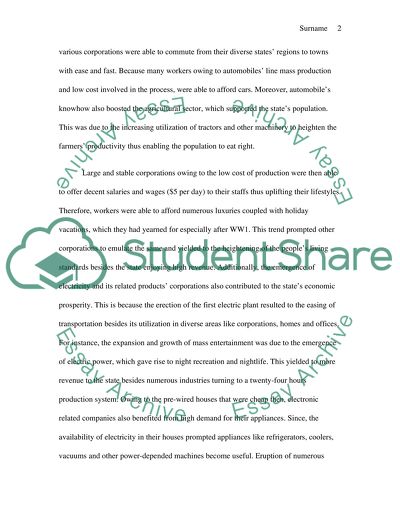Cite this document
(“The New Era (1920s) Essay Example | Topics and Well Written Essays - 2000 words”, n.d.)
The New Era (1920s) Essay Example | Topics and Well Written Essays - 2000 words. Retrieved from https://studentshare.org/history/1456362-final-exam-ptii
The New Era (1920s) Essay Example | Topics and Well Written Essays - 2000 words. Retrieved from https://studentshare.org/history/1456362-final-exam-ptii
(The New Era (1920s) Essay Example | Topics and Well Written Essays - 2000 Words)
The New Era (1920s) Essay Example | Topics and Well Written Essays - 2000 Words. https://studentshare.org/history/1456362-final-exam-ptii.
The New Era (1920s) Essay Example | Topics and Well Written Essays - 2000 Words. https://studentshare.org/history/1456362-final-exam-ptii.
“The New Era (1920s) Essay Example | Topics and Well Written Essays - 2000 Words”, n.d. https://studentshare.org/history/1456362-final-exam-ptii.


